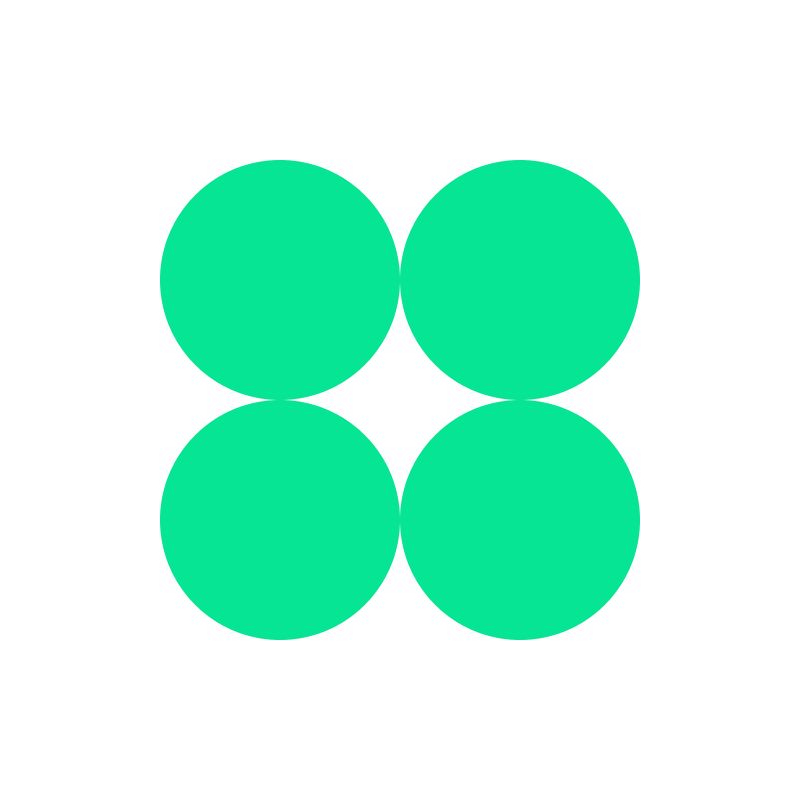132 reads
Building DeFi 2.0 With Cross Chain Compatibility
by
January 30th, 2022
Audio Presented by

Clover’s blockhain is an EVM compatible parachain on Polkadot; the Clover Wallet is the leading multi-chain Web3 Wallet.
About Author
Clover’s blockhain is an EVM compatible parachain on Polkadot; the Clover Wallet is the leading multi-chain Web3 Wallet.